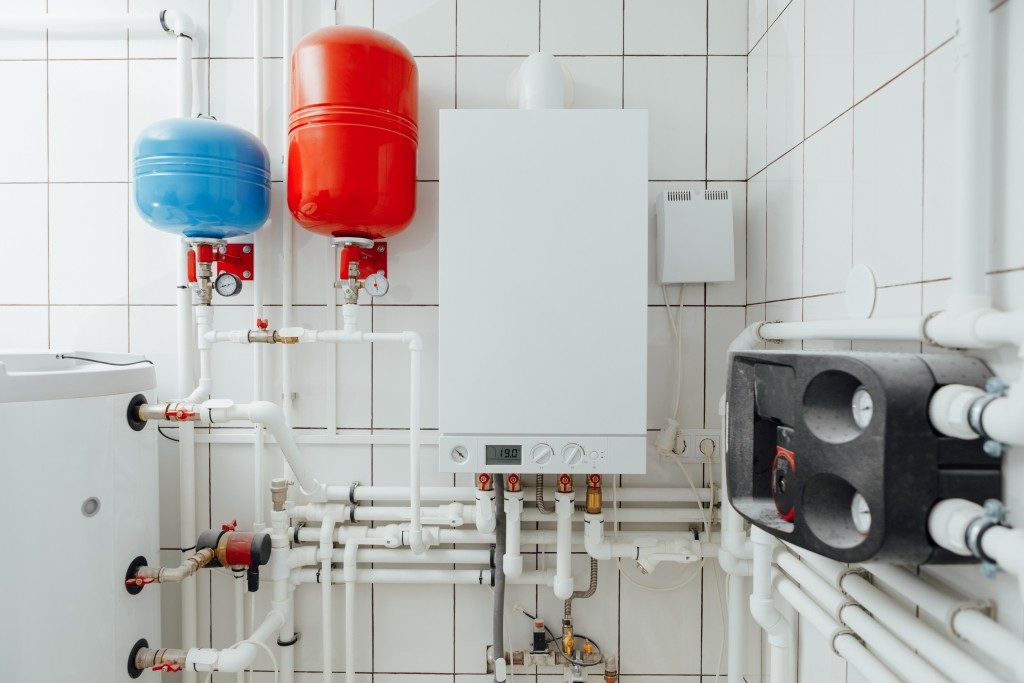In places like Salt Lake City, where winters can be brutal and the cold sometimes unbearable, heating systems are a must in households. These allow warm air to circulate throughout the home, allowing the inside temperature to remain at a comfortable level. Without such modern heating systems, people might not be able to get a respite from the cold at all. Because of the importance of heating systems, you must keep yours well-maintained, especially during the period leading up to the winter months. If repairs or maintenance activities need to be conducted, they should be done as soon as possible to ensure that the heating systems are working come winter. Hence, it is also essential for homeowners to understand how their heating system works, so that they can identify whether or not it is working correctly, as well as if problems need to be addressed. Here are the three main types of heating systems commonly used in households:
Heaters
Heaters are the most basic unit of a heating system. These usually come in the form of a central heating unit, which needs a physical location to store the heating device, such as a space heater. Thus, these work similarly to an air-conditioning unit, except that air is warmed rather than cooled. Many heating devices can function as both an airconditioning unit and a heater. However, many modern heating systems no longer need a physical heater to warm a room. This makes the heating process more efficient and does away with the need for the space to store the heating unit.
Furnaces
Modern central heating systems use different mechanisms to generate heat and distribute it throughout your home. Most modern-day furnaces are powered by gas, electricity, or induction. The central system produces a large amount of heat, which warms the surrounding air. This air is then distributed throughout the home using ductwork and ventilation. As a result, heating systems that use a furnace are also referred to as forced warm-air distribution systems.
Boilers
Boilers are another way in which a central heating system can generate heat. Whereas a furnace can heat air, boilers are responsible for heating water. This water is then turned into steam, which is an excellent medium for carrying and transferring heat. Having a boiler can also help you do away with the need for a water heating system since a boiler can serve this function as well. Boilers are typically used simultaneously alongside furnaces. A typical setup will involve a heater being installed next to a boiler. After the boiler has heated water and turned it into steam, it is then distributed through the same pipes and ventilation that a furnace makes use of. This way, heating your home is made much more efficient.Such is the comfort that heating systems provide that many cannot imagine what their lives would be like without one. Hence, a heating system must always be working to ensure a warm environment at home during winter. This way, you can enjoy the cold on the outside but come home to the warmth of a home.







